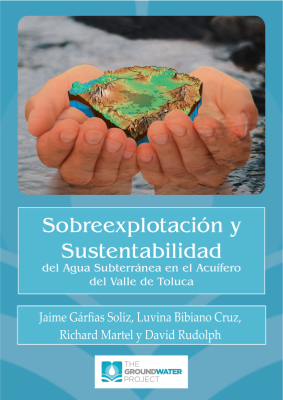Coming Soon!
The progressive demand for the water resources available in the Toluca Valley region is the result of accelerated demographic growth, the expansion of urbanization and the evolution of the predominant economic activities. In this way, the increase in groundwater pumping rates has had an impact on a systematic decrease in the water table, the extinction of springs, the disappearance of humid areas and the progressive subsidence of the land. In this context, this book presents a multidisciplinary analysis based on the compilation of technical-scientific research carried out in the last 25 years, with the aim of establishing guidelines that ensure its sustainable management. The chapters are arranged to give readers a better understanding of the different implications of continuous aquifer pumping, given current trends. The use of hydrogeological, hydrological and hydrochemical tools, the analysis of multilevel monitoring wells and the processing of various parameters such as recharge, groundwater extraction or natural discharge data, have enabled a better understanding of the evolution of underground flow, the hydrogeochemical model and, above all, the projection of future availability. The coupling of a groundwater flow and ground deformation model associated with measurements of hydraulic loads, extensometers and InSAR data is very useful to improve the evaluation and analysis of the aquifer system, as well as the forecasting of the effects adverse to subsistence. It is a fact that the sustained decrease in the levels of groundwater in the Toluca aquifer system constitutes a challenge for the government agencies involved in its administration since, in addition to promoting efficient use, they must seek equitable management for the different users, guaranteeing their sustainability.

